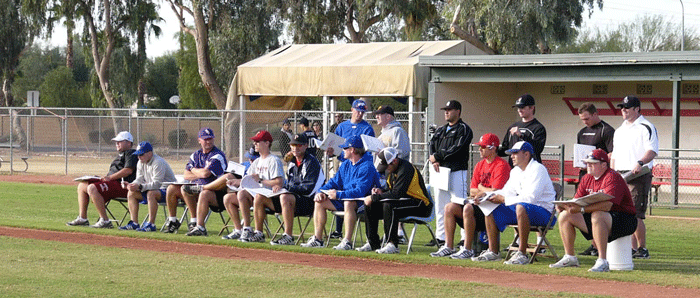
The lead leg block is the act of slowing down your body’s momentum with your lead leg at landing. In biomechanics, deceleration and the lead leg block can be represented by peak changes in angular velocity. Think about your car. The gas pedal represents your drive leg at the start of the pitching delivery (power output) and the brakes represent your lead leg’s role at foot contact (power absorption and transfer of force). Let’s cover this in three parts:
-
- Why is it Important to be Good at Decelerating?
- What We Look For?
- How We Address Lead Leg Block Issues?
Continue reading “Putting on the Brakes to Throw Gas… What is Lead Leg Block?”









